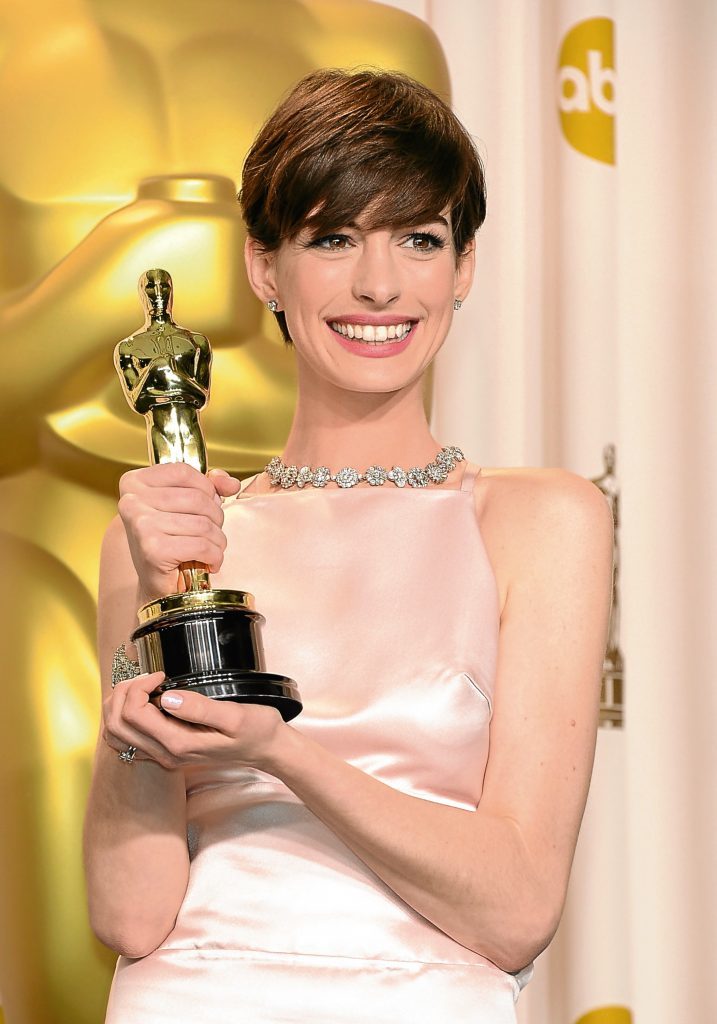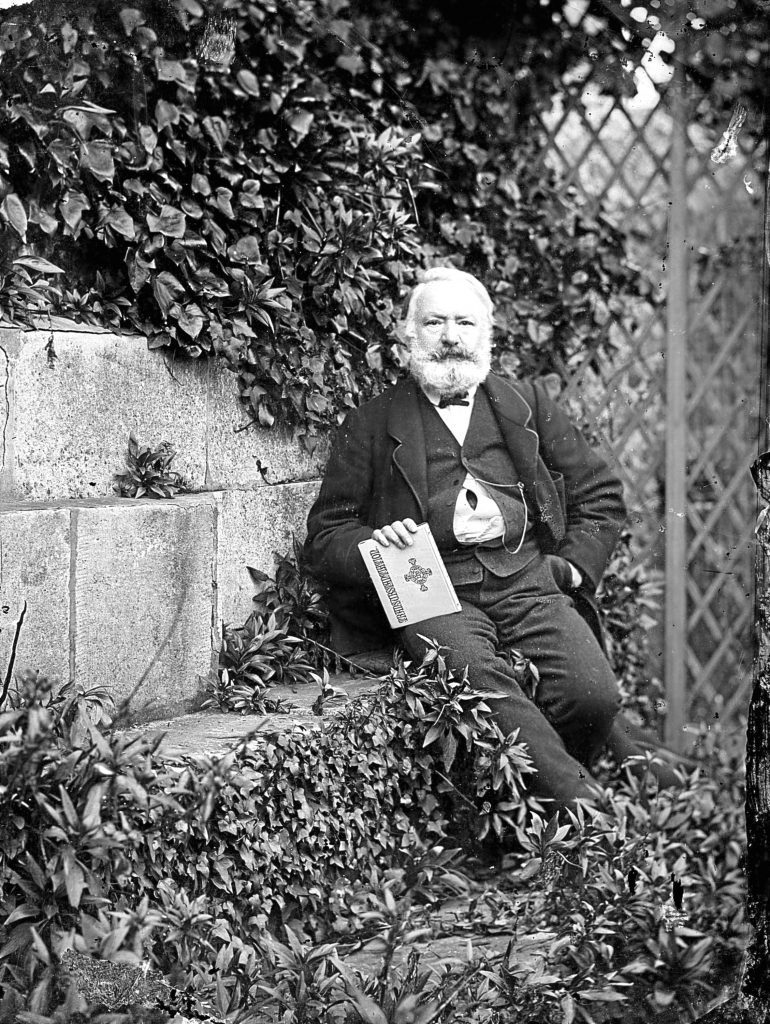
A TALE of love, social injustice and self-sacrifice with a searing crescendo at the bloody barricades of France’s 1832 uprising — Les Misérables is epic.
The book confirmed author Victor Hugo as a French national hero, the musical has been seen by more than 70 million people worldwide and the 2012 film version bagged three Oscars.
Now, the BBC is planning a six-part Sunday-night adaptation.
Hugo’s colossal book is hailed as a masterpiece of French literature. Most of its 1,400 pages, however, were written not in France, but Guernsey.
His first novel, The Hunchback of Notre Dame, had been an instant success when published in 1831.
More acclaim followed for his plays and poems, but his political views made him powerful enemies.
Hugo was appalled at the squalor of the living conditions of the masses and as a member of the Legislative Assembly, he fought for social justice.
When Napoleon III seized complete power in 1851, Hugo declared him a traitor.
Fearing for his life, he fled abroad. He ended up in Guernsey where he lived in exile.
His house, Hauteville, is now owned and maintained by the City of Paris. It was to be his home for 17 years — but Paris was ever in his heart.
He went back to a novel he’d begun years earlier, Les Misérables.
It’s a tale of betrayal and of the harsh, unbending rule of law, culminating in tragedy at the barricades. Crucially, it’s also a tale of forgiveness and triumph of the human spirit.
The book was published in sections to immense popular acclaim. The first section, Fantine, sold out within hours.
Les Misérables firmly established Hugo as a giant of French literature.
When Napoleon III fell from power in 1870, Hugo finally returned to Paris to a hero’s welcome.
He died there, in 1885, at the age of 83.
He had wanted no fuss made at his passing, but Paris was having none of that.
On his specific request, he was borne in a pauper’s casket — but lay in state in it beneath the Arc de Triomphe!
Two million people joined his funeral procession and even the brothels closed so that prostitutes could attend.
It was 100 years later that the famed musical production of his greatest work, Les Misérables, opened for the first time in London’s West End.
Theatre producer Cameron Mackintosh had wrought stage magic with his show Cats, based on poems by TS Elliot.
Could he do the same with Hugo’s masterpiece?
French songwriter Alain Boublil and composer Claude-Michel Schonberg had produced a concept album based on the work and this was the basis of the musical.
There were very high expectations of the lavish production.
But on the opening night, the critics were underwhelmed. Not so the public, who raved about the huge cast, the heartbreaking story and, of course, those songs.
Who am I?. Castle on a Cloud. Master of the House. Look Down. One Day More. Do You Hear the People Sing?.
Well, do you? Just the titles set off a whole jukebox of melodies in our heads, so widely have they become part of the public consciousness. It’s a box-office smash.
The London production is the longest-running musical in the world. Productions have played in 44 countries. It has been translated into 22 languages including Mauritian Creole and has had more than 53,000 professional performances.
It has scooped awards aplenty including an Olivier, a Grammy and eight Tonys. Spare a thought for the wardrobe department, though. There are 392 costumes used in each show — including 85 wigs!
There have been many other versions of Les Misérables on TV, stage and silver screen.
The first film was made in France ’way back in 1912. Another notable was in 1935 starring Charles Laughton as Inspector Javert and was nominated for three Oscars.
Hollywood last came knocking in 2012.
Instead of the usual film-trick of lip synching to pre-recordings, the cast broke new ground actually singing as they acted.
Hugh Jackman, Russell Crowe, Anne Hathaway and Eddie Redmayne were all in the glittering line up.
Of course, Russell Crowe singing meant the film was destined to be a hit even before the ink was dry on his contract.
As it turned out, Russell can hold a tune. Well he can in a rock-band sort of way. The fact he is lead singer in his rock band The Ordinary Fear of God may have something to do with that!
On Oscar night, though, it was down to Anne Hathaway to bring home a performance trophy. She won the award for Best Supporting Actress for her role as Fantine.
The book, the musical, the film — the BBC certainly has some tough acts to follow!
READ MORE
The hills are alive with the sound of music again, after 50 years
Never Mind The Buzzcocks’ Phill Jupitus loves his new musical career

Enjoy the convenience of having The Sunday Post delivered as a digital ePaper straight to your smartphone, tablet or computer.
Subscribe for only £5.49 a month and enjoy all the benefits of the printed paper as a digital replica.
Subscribe
